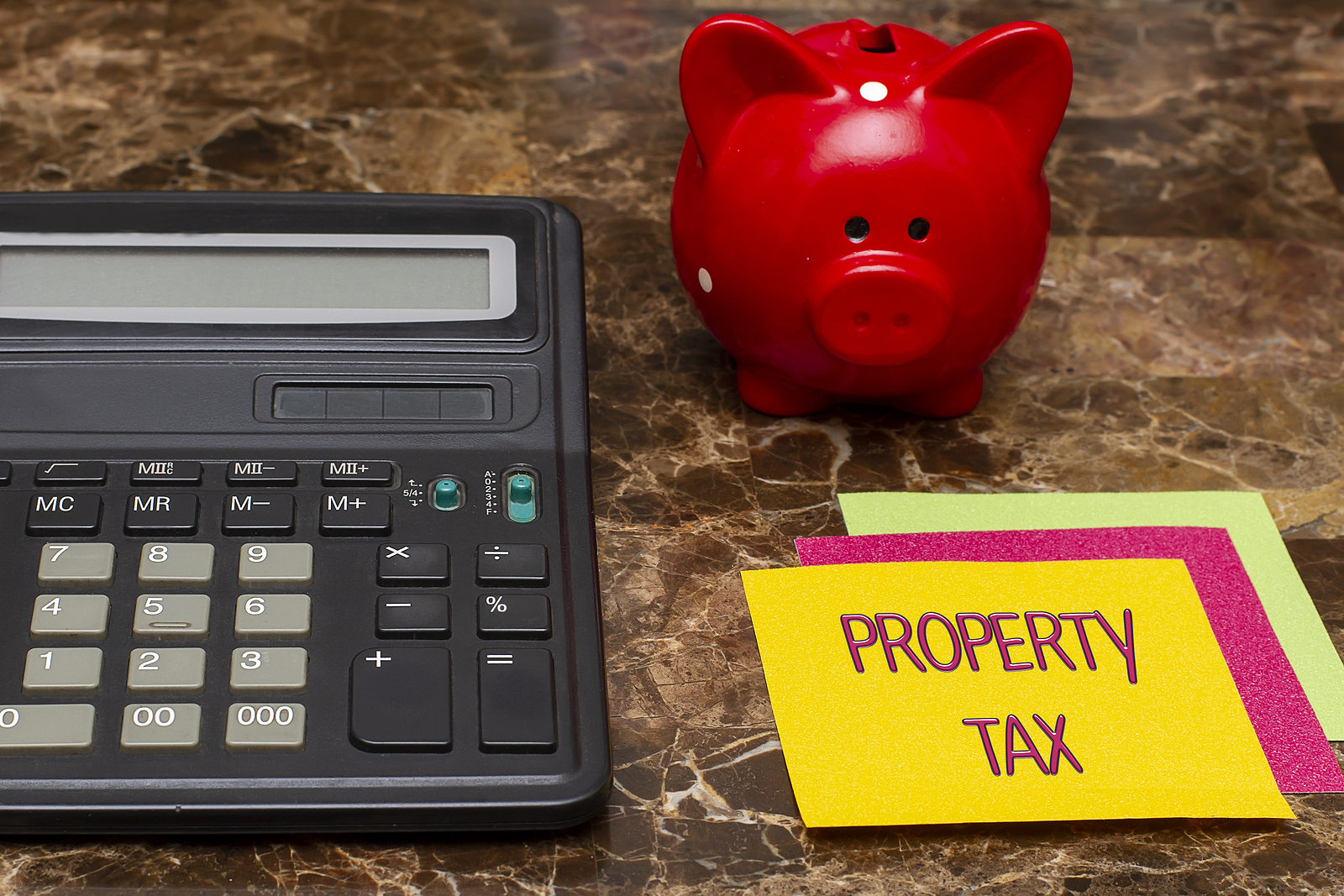
The typical property owner expects to pay between $10K – $30K on a piece of real property valued at $1M. That calculation, as most homeowners know, is based on the Fair Market Value (FMV) of that property. Because FMV (see additional detail in the section below) is not the same thing as purchase price, the property taxes on a given property are likely too high or too low, depending on the price paid at purchase.
Often, property taxes are too low. We’ve experienced significant growth in the real estate market (even despite the 2008 bubble), but property values on the ad valorem taxes have not kept pace with the growth in the housing market. (FYI: we will occasionally use the Latin term ad valorem which means “by value.”)
The Property Tax Calculation
Property tax is calculated by multiplying the real property’s Tax Value by the Tax Rate. The Tax Value is (typically) the same as the Fair Market Value. Fair Market Value is the price that would be paid in a voluntary sale. Think of it as the price that would be paid on the open market where both parties have full knowledge of the property and its conditions.
Not every property sale meets these conditions. You can have a foreclosure, a short sale, an estate sale, or even a fire sale when there’s damage to the property or someone is trying to get out quickly. If you have a motivated seller that has to get rid of the property quickly, the sale price on the home is likely going to be lower.
When a property is sold under typical conditions (owner isn’t desperate to sell, the buyer conducts an inspection, etc.) the sale price of the property is likely the same as the Fair Market Value. But other times, they can diverge wildly. For example, if a father sells his daughter their family home for one dollar, the fair market value of the property remains $100,000. (And a side note, the father will have given his daughter a gift of $99,000 that could incur a gift tax).
One final note: you also definitely want to check your state’s rules and the local tax rules. In New York and California, there can be local property taxes that are assessed on top of state property taxes.
The Lien Date – the most important date to remember!
The lien date is the date that the property is valued. Not only is the value assigned to the property on this date, but more importantly, this is the date when the owner (or whoever has the responsibility to pay the tax) is responsible for paying property tax. As a result, the lien date is also a) the go-to date for all deferred maintenance and b) the cut-off date for the sale of comparable properties that can be used.
For all these reasons, the lien date is a very important date. And while it is typically January 1st, the date can differ in some areas and states. In Alabama, for instance, the lien date is October 1st!
How can you use the lien date to your advantage? Imagine you’re starting a major home improvement in the fourth quarter of the year, with a lien date of January 1st. There might be a benefit to deferring a few months and starting that project closer to the end of the year, to ensure the work isn’t completed by January 1st.





